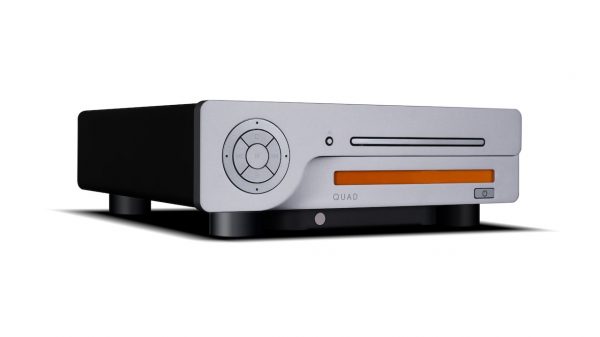There are various computer system utilities that must run periodically, or the risk is run of harm in terms of performance and reliability. These include anti-virus software so that a system doesn’t become infected and crash, anti-spyware so that vital data isn’t stolen or compromised, anti-adware so that a system doesn’t become so annoying it gets smashed to bits by its user, and defragmentation so that file fragmentation doesn’t slow performance to a crawl.
The problem has been that while any of these utilities are running, performance can be impacted, sometimes quite drastically, for users. It seems to have been a catch-22; in order for performance and reliability to be maintained, users have to periodically give up performance.
One solution, and seemingly a beneficial one, has been scheduling these utilities to run either when users weren’t on the system or when there were the least number of users on the system. Of course if users aren’t on the system this is no problem–but if anyone is actually attempting to get work done, any of these utilities running can be quite trying. Response becomes agonizingly slow, and at times can stop altogether. Today with the web and globalization of business, users being on a system 24X7 is not at all uncommon. The times at which scheduled tasks can be run without affecting users are quickly disappearing.
It would seem that the best possible solution would be utilities that can be run while users are on the system–without impacting performance in any way. The only way this could occur is if such utilities utilized only system resources that at that moment were idle. If they became needed by other processes, these resources would be immediately freed up. In such a way, performance and reliability could be maintained without any adverse affect.
Such utilities could actually perform “on the fly” and require no scheduling whatsoever. In addition to saving performance, they would actually save time for system administrators having to schedule such utilities for a growing number of computers.
Foreword-thinking software companies are already using this technology for defragmenting, but it could also be incorporated into just about any process such as anti-virus or anti-spyware.























